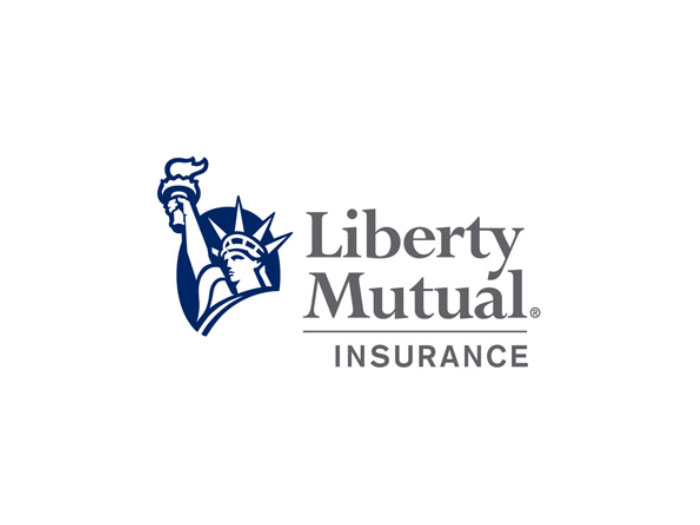4 Key Insights from The Hanover’s Small Business Risk Report

In late April, The Hanover Insurance Group released its 2022 Small Business Risk Report, identifying major risk areas for small business owners and other critical information.
The report analyzes the ever-changing small business risk landscape, shares valuable insights for small business owners and highlights the important relationship between small business owners and independent insurance agents.
Because of the COVID-19 pandemic, the last two years have posed unprecedented challenges for small business owners. Many businesses across several industries had to become more flexible and willing to adapt under these circumstances. Whether it was enforcing mask-wearing or social distancing or handling labor shortages, it’s been a tumultuous time for small business owners.
Owning a business is a risk in and of itself. Still, other internal or external threats can emerge and negatively impact a business. Learning to manage these risks is no easy feat, nor is risk management a linear process. It’s common for small business owners to experience trial and error or even fail to manage risks while operating.
Thankfully, The Hanover Insurance Group’s 2022 Small Business Risk Report provides useful insights small business owners should understand and take with them moving forward.
Understanding the Results of The Hanover’s 2022 Report
In partnership with Statista, a major data analytics firm, The Hanover Insurance Group conducted a blind survey of 300 small business owners across the United States to form its report. Contractors, manufacturers, and owners of technology companies were among the professionals whose feedback was captured.
The survey was conducted online in November 2021 and asked small business owners questions about key business risks, evaluating and buying business insurance, and their unique insurance management preferences.
The report, authored by The Hanover’s Michael Keane, is broken down into four major categories, including:
- Critical findings
- Specialized risks and needs
- Evaluation and buying
- Communication and management
Continue reading to learn more about the report’s findings based on the four categories listed above.
1) Critical Findings
As mentioned, most small business owners (68%) cite employee dishonesty as a significant risk area within their business. Examples of employee dishonesty are fraud, theft or embezzlement. However, only 54% of owners felt confident that they were protected from this risk.
Other concerns small business owners had were cyberattacks and data breaches. In fact, 61% of respondents cited those risks as concerning, but only 33% felt confident that they were protected from cybersecurity risks. It’s no surprise that small business owners fear cybersecurity risks — in 2021, 46% of cybersecurity breaches impacted small businesses.
The report suggests that these findings present an opportunity for insurance agents to discuss the proper protections with small business owners and ensure they have the right coverage. Seventy-nine percent of respondents believed that having the right insurance solutions is more important than the price of the insurance plan.
Many owners prioritize finding the right coverage, but most of them fail to review their policies regularly. According to Keane, it’s more important than ever for small businesses to stay connected with their independent agents and look to them for expertise to help navigate business risks.
“We’ve seen a lot of changes to businesses throughout the pandemic whether it was adding a new product or service or altering their operations — these changes oftentimes impact coverage,” said Keane.
“In addition, market dynamics such as increased cyber risk, rising building costs, and social inflation also have an impact on their insurance programs.”
Keane also recommended that businesses perform an annual comprehensive review of exposures, policies and coverages to ensure they have the insurance protection they need.
2) Specialized Risks and Needs
Many of the surveyed business owners (87%) believe that they have the right insurance protection. However, The Hanover suggests that owners may not be aware of risks that require specialized protections, such as professional liability or marine risks.
- 78% engage in activities that present a professional liability risk.
- 69% engage in activities that present marine risks.
According to the report, businesses must protect themselves from traditional risks, including property damage, general liability and worker’s compensation.
For example, companies must consider the most common work-related injuries, such as strains or sprains, contusions, inflammations, cuts or punctures and broken or fractured arms or legs. Because these injuries are so common, proper insurance coverage can prevent future lawsuits.
However, other specialized risks can emerge, so businesses must consider working with an insurance carrier that can offer specialty coverage. This makes their insurance policies all the more valuable.
3) Evaluation and Buying
Insurance brokers play a significant role in helping businesses find the right insurance coverage to suit their needs. According to the report, 90% of companies purchased some or all of their insurance from a local insurance agent.
Of this 90%, the majority (57%) ask their local agent for alternative quotes annually, and 83% expect to receive two or three alternative quote options.
One positive finding is that despite the statistics mentioned above, only 13% of small businesses changed their insurance companies in the preceding 12 months.
If businesses did change carriers, the price was the determining factor. The report found that 53% of companies changed insurance carriers due to price increases.
However, the leading factor for a carrier change was agent recommendation, highlighting the importance of agent knowledge and readiness to provide advice to customers.
Many small businesses prefer working with a local insurance agent to meet their needs, so maintaining a team of high-performing agents is critical.
4) Communication and Management
The last category, communication and management, focuses on how small businesses prefer to work with an insurance provider and how easy it is to manage their insurance policies.
Respondents agreed that they still prefer using traditional communication methods to discuss potential insurance options to meet their needs. Forty-four percent of respondents preferred email communications, and 30% agreed that their preferred payment method is electronic funds transfer from their business bank account.
Agents are critical in helping businesses manage risks — however, self-service options, as mentioned above, were also important. Compared to The Hanover’s 2020 report, 10% more small business owners said that the ability to view and download or print policy documents is very important or extremely important to them.
Modern professionals know that risk management has always been an essential component of operating a business. However, managing existing and emerging risks during the pandemic became more challenging for many business owners.
It’s expected that small business owners will need to prioritize risk management and address their top concerns to stay ahead of the curve.
Based on the report, they will likely turn to local insurance agents to address their concerns and find the most suitable coverage. Therefore, insurance providers should be prepared to work with local businesses and adequately train agents to handle these interactions. &











